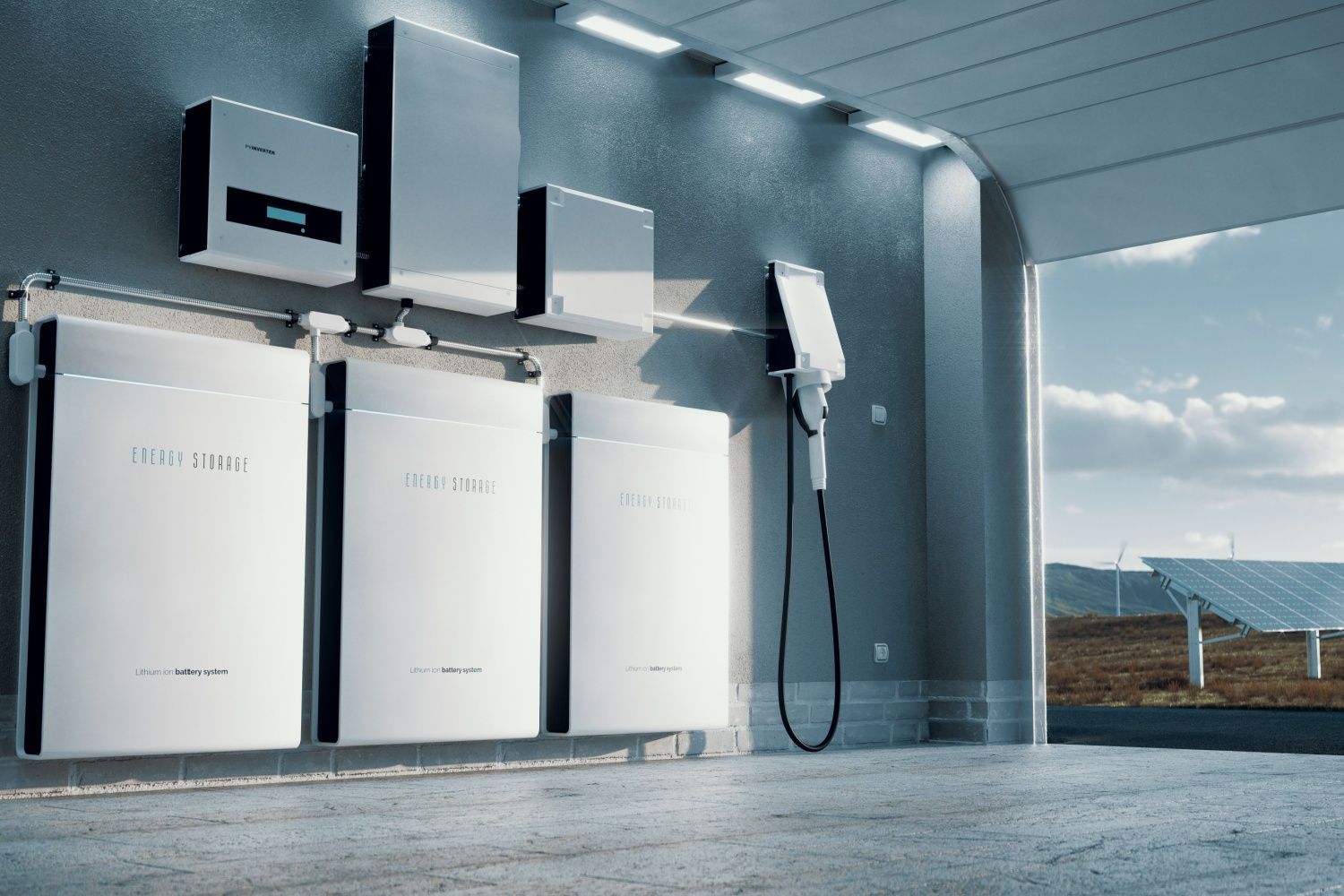.Despite technically being around for years, more recent advantages in EV technology and a societal push to stop being dependent on fossil fuels have spiked in popularity lately.
That’s great for the booming EV market and energy-saving goals, but there’s just one problem. Most charging methods are still tied to the grid and use fossil fuels. Solar charging options solve this problem, but the need for high-quality solar charging options has never been greater.
So, if you’re ready to take the plunge and convert to an EV car or commercial fleet, what is the best EV solar charger to ensure you’re off the grid but still efficient?
Sunnoo’s mobile charging stations are the solution you’re looking for, and here’s why.
1: Efficient Tracking to Maximize Solar Charging Time
One of the things that has held the solar charging industry behind is that panels need to be pointed directly at the sun to get maximum exposure and create the most energy output possible.
We’ve solved this issue by adding tracking sensors that allow our mobile charging stations to stay continuously aligned with the sun all day long. This means that our panels stay aligned and absorb every bit of energy they can to put toward your EV charging needs.
This is a huge step above traditional options that either stay in one position or miss out on most of the power actually available throughout the day.
2: Mobile Reliability
Another key issue our mobile charging stations have solved is the issue with current infrastructure not allowing for grid-tied chargers to be installed with ease, and there aren’t nearly enough around to make charging reliable. Especially if you’re working at a remote job site with EVs.
Our solar charging stations are easy to transport and set up for on-site charging that keeps your vehicles topped off and ready to go at all times. This means that, whether you’re using EVs to work remotely, or you simply want to detach your EVs from the power grid as much as possible for environmental or cost-saving reasons, it’s easy to do so. These charging stations can be installed anywhere with minimal effort.
3: Fast Charging
Speed has been another major issue for traditional solar charging issues, but with our innovative new panel systems, our mobile solar charging stations can charge in ¼ of the time required by the other level 2 chargers on the market. With the average charging time for a standard level 2 charger being 6-12 hours, that means you can have a fully charged EV in as little as 2-4 hours depending on how much charge the vehicle has and the amount of direct sunlight available.
This is paramount when using EVs for commercial tasks, but it also helps the average EV owner get rid of range anxiety and trust that their EV will always be charged when needed.

Sunnoo Mobile Charging Stations are the Best Available
If you’re looking to break free from grid-tied charging, or you’re simply tired of looking for a charging station and not finding one when you need it, Sunnoo’s mobile charging stations are the solution. They’re faster, make the most of every daylight hour, and are easy to transport and set up where needed.
Contact Sunnoo today for a free consultation.



